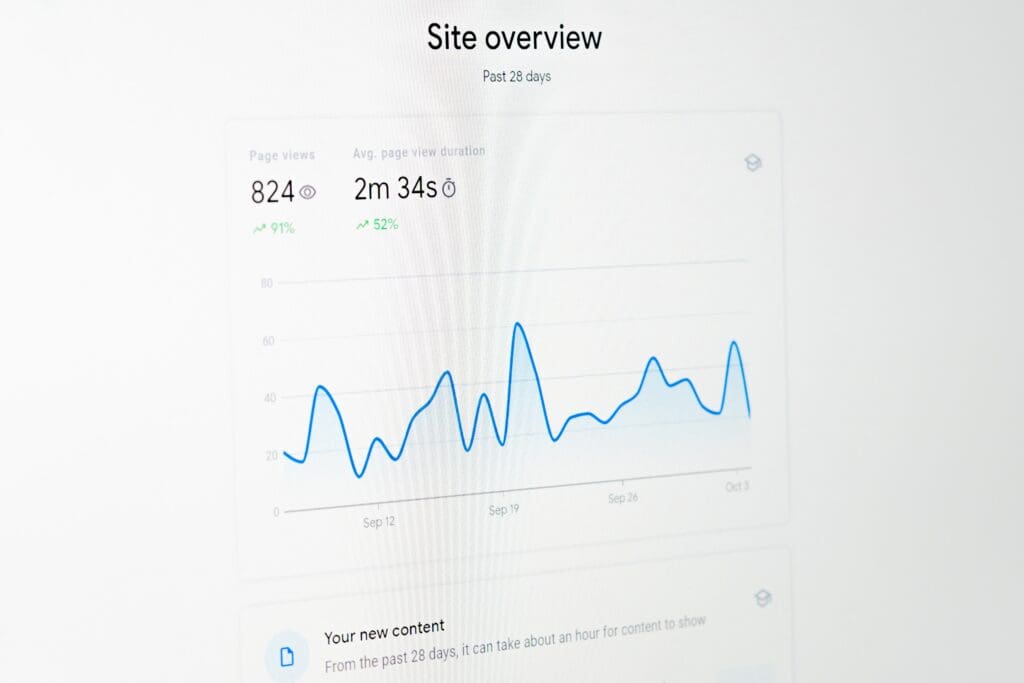Finding the Holes in Your Conversions: Websites

There are a lot of ways to judge whether your marketing efforts are working, but one of your most important KPIs will always be conversions. In fact, according to Marketing Sherpa, 74 percent of conversion rate optimization programs result in a boost to sales. Your website is the core of your materials — everything, from email to social to paid search and advertising, routes back to the website.
But all the visitors in the world won’t help you if they’re not turning into leads and paying customers. As Jeremy Abel, the chief strategist at rDialogue, once said: “A website without conversion rate optimization is like a car with no wheels — it will take you nowhere.”
If you’re getting a lot of traffic but they’re not converting, here are a few things you should look into.
Spice Up Your CTAs
Visitors become leads when they click on a call-to-action (CTA). Every page, whether it’s a blog, landing page, or another interior page, needs a CTA somewhere on it to drive customers further down the pipeline.
Finding exactly what your CTA should look like, where it should live, and where it should lead will vary substantially based on your business and your site, but there’s a sweet spot for every CTA that’s a combination of several factors:
- Location: put the CTA too high on the page and people won’t register it because they haven’t even gotten into the content yet. Put it too low and people might click away from the page before they get there. Instead, place the CTA a few paragraphs in, once people have read enough that they want to know more.
- Wording: you don’t want to be too aggressive with your sales language. Leapfrogging the entire process feels pushy. Instead, the wording should be short, sweet, and enticing — tempting people to click the CTA without giving everything away.
- Visuals: the CTA needs to stand out enough that it’s obviously not part of the inline content, but you don’t want to jump the gun and pull people’s gaze before they’ve reached that point on the page naturally. Generally, all you have to do is make the text slightly larger and add a colored background (but make sure to stay consistent with your brand).
- Destination: the CTA is important, but so is the page it brings you to. Luckily, there are lots of options for grading your landing pages — Unbounce has a great one — in categories like page performance, copywriting, mobile responsiveness, SEO, and several others.
Think About the Direction People Read
People (at least in English) read blocks of text from left to right, then top to bottom. Even when the page contains multiple elements, the same principle applies. People’s eyes go to the top left of the page first, then across to the right, then down from there.
When you’re arranging the pieces of your page, think about the order in which you want people to see certain elements, along with the importance of each of those pieces. That goes for CTAs, too — they should be below and to the right of your copy so that people see the content in the right order. It’s possible that you’re burying crucial information or CTAs too low on the page, or presenting the information in an unintuitive way.
Build for Different Visitors
People that stumble across your site organically or through search results don’t have the same priorities or goals as people who click through an email or Facebook post. You need to engage with the point in the buyer’s journey that they’re in now, not the one you want them to be in. You can’t just jump straight to selling — 74 percent of buyers go with the sales rep who first adds value and insight, not the one who pushes them around. That’s what landing pages are for.
You really can’t have too many landing pages. Develop a template that you can customize for any campaign, whether it’s a specific sales initiative or a holiday promotion. From that landing page, you can collect leads or redirect people back into the rest of the page. Make sure those pages aren’t listed elsewhere, so they’re not cluttering up search results. If you lean into your landing pages, you can customize endlessly, making sure every visitor sees exactly what they want to see.
Always Be Testing
As much as you might not like to hear this, your website is never finished. It should be adapting on a constant basis based on the data you collect. If a page isn’t generating traffic, tweak the content and see if that helps. If a form isn’t generating leads, try paring down the information you’re asking for and running it again. If you’re not getting phone calls, make the contact info in your header or footer more obvious.
These are just examples — every company and every site is different — but the point is to constantly be tweaking, testing, and refining your website to make sure that your website is generating leads the best it can. Emphasizing A/B testing and multivariate testing in every facet of your company culture is the best path to making data-based decisions.





